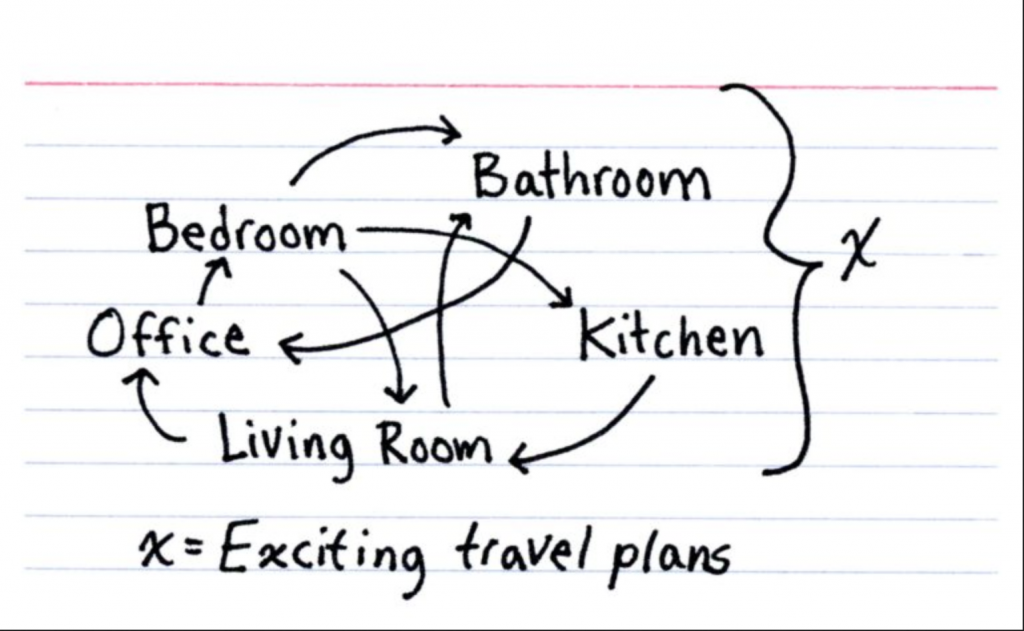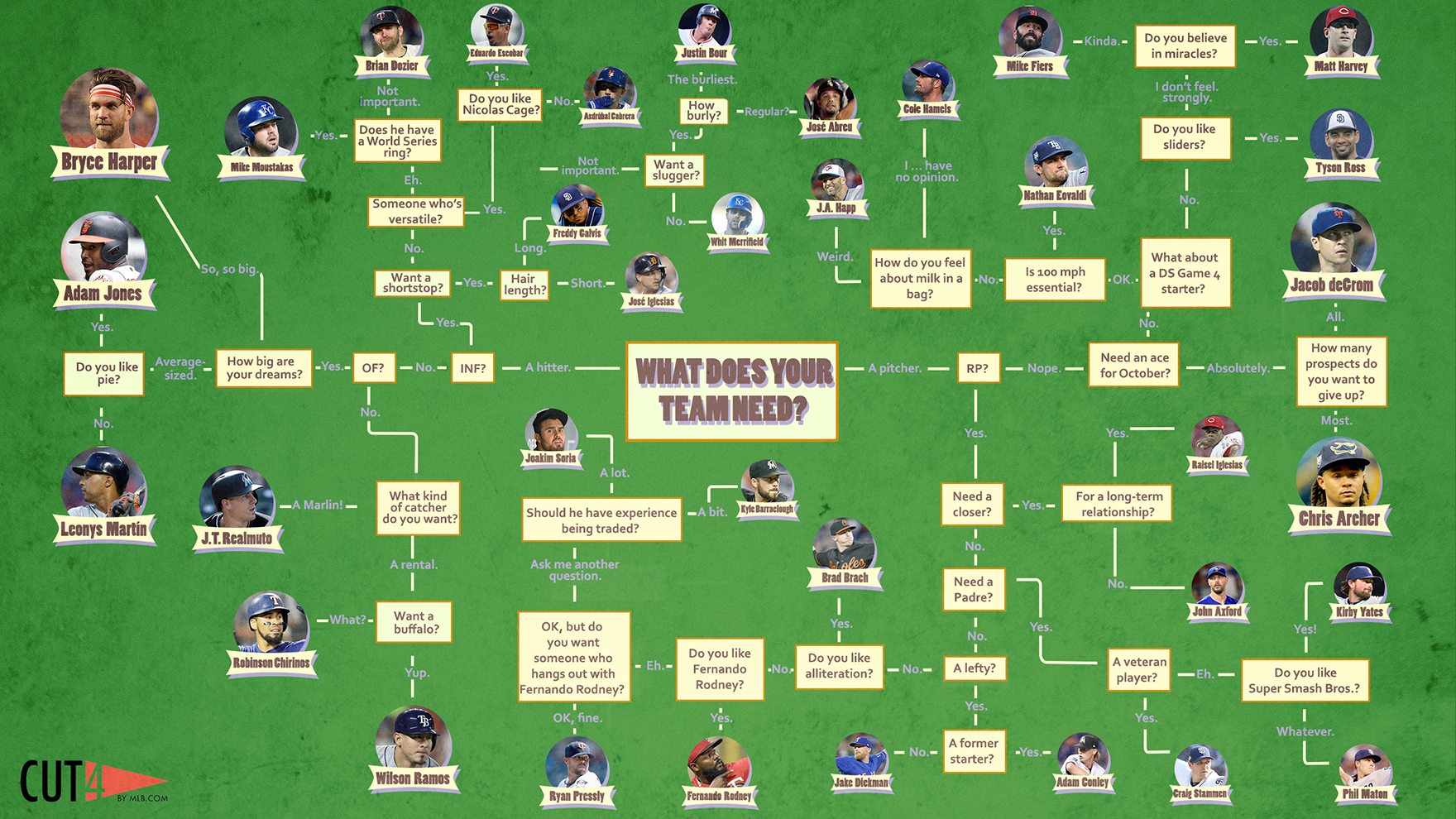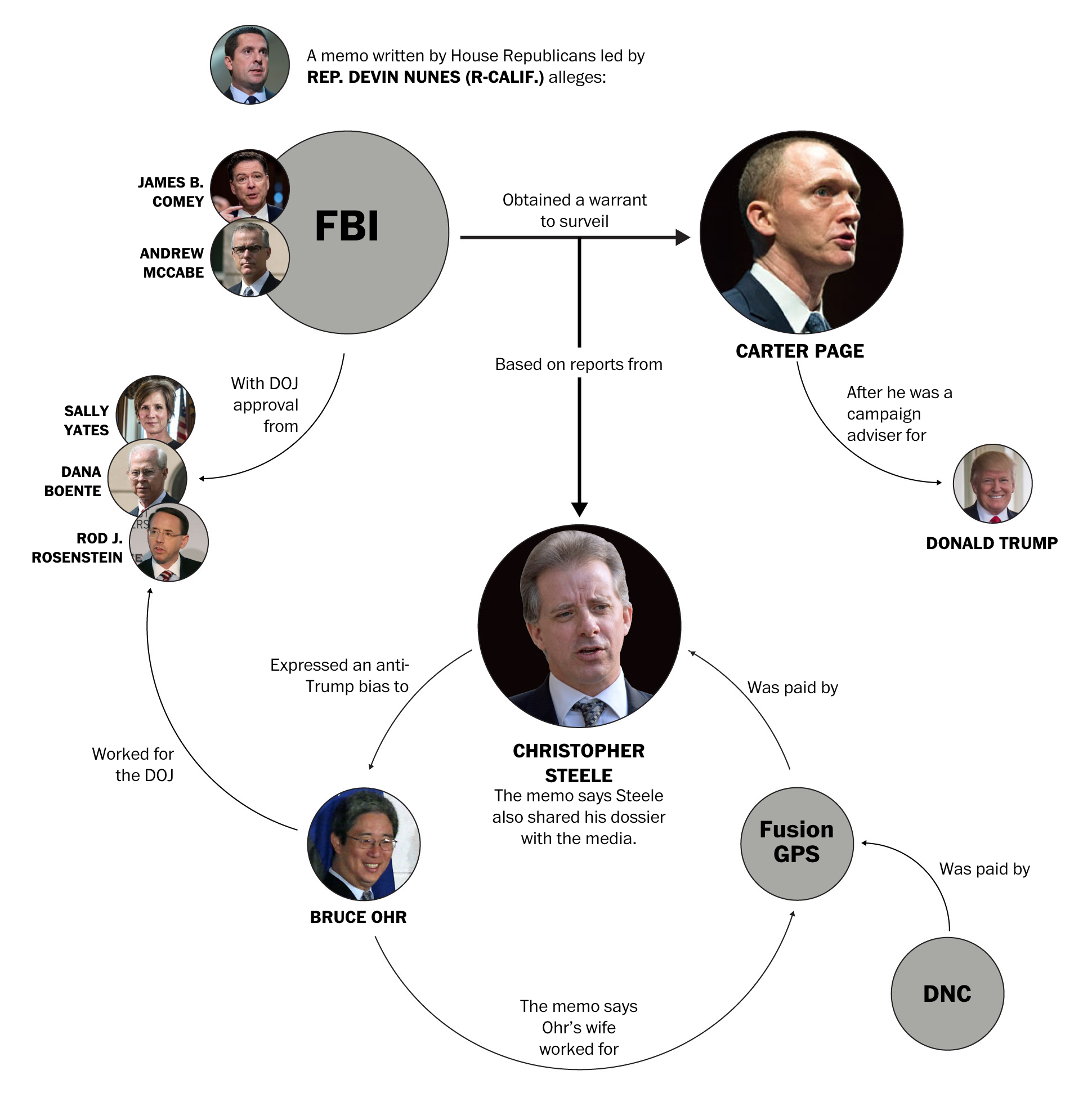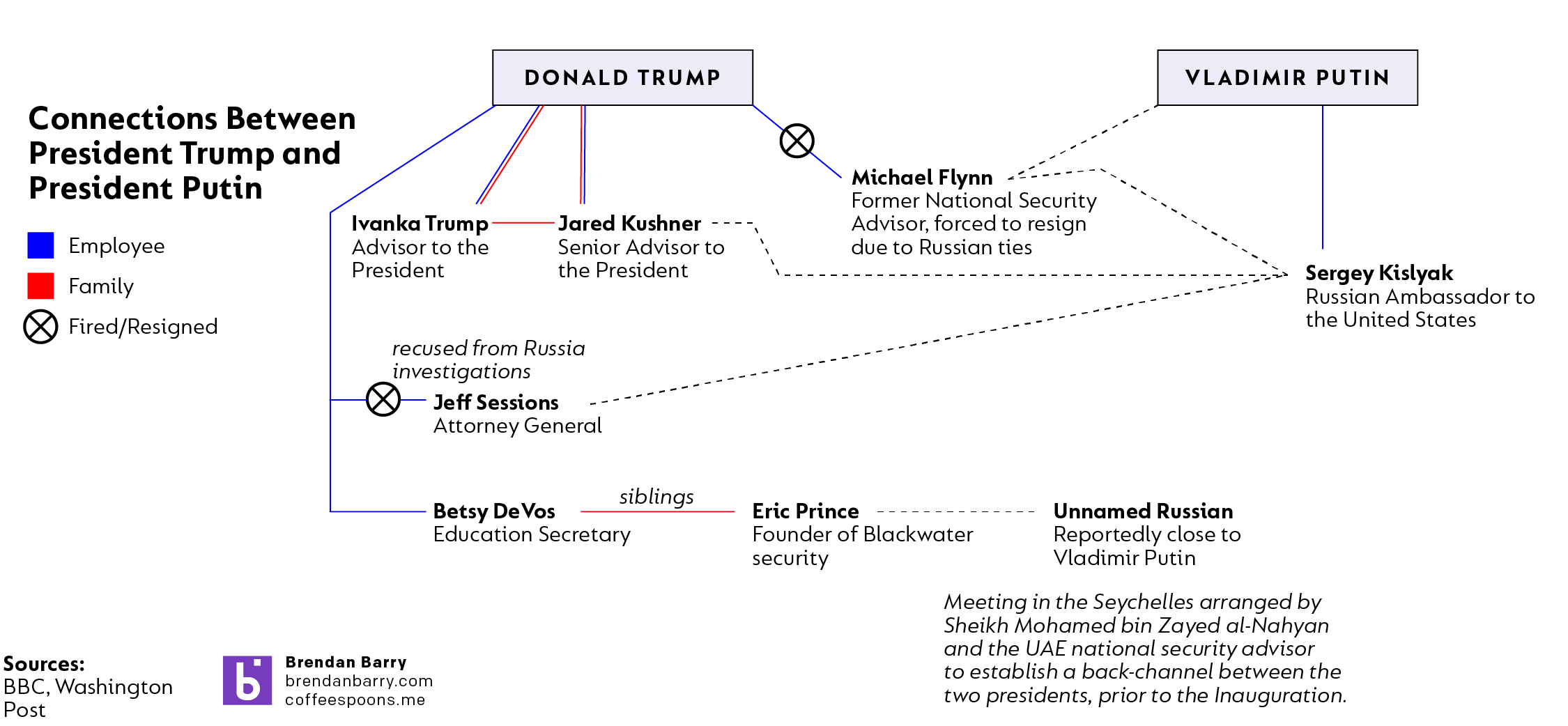And by world, I mean one-bedroom apartment. It’s another Friday, and so here’s a nice piece from Indexed and Jessica Hagy. It sums up rather well our worlds these days.

Credit for the piece goes to Jessica Hagy.
Yet again, we are poised to watch the British House of Commons this week as it votes on several key pieces of Brexit-related legislation. In short, MPs are set to vote on Prime Minister Theresa May’s Brexit deal. Again. Basically the same one that MPs rejected by a historic margin last month. The question is will they vote against it again?
Thankfully the Guardian put together a graphic explaining what will happen now as a flow chart.
So get ready for a week of fascinating votes.
Credit for the piece goes to the Guardian graphics department.
So today’s piece is not a revolutionary piece of information design, but it is fascinating. For two or so years now, we have all heard about the Robert Mueller investigation into potential contacts between the Trump campaign, early administration, and the administration of Russian president Vladimir Putin.
To be clear, thus far, this has been an incredibly productive special counsel.
34: the number of indictments
6: guilty pleas from associates of the Trump campaign
But what happens when the whole thing is done, especially since prevailing Justice Department rules state sitting presidents cannot be indicted? Well to answer that, we have this piece from the Washington Post.

Ultimately it is nothing more than a flow chart broken into pieces, separated by a textual narrative explaining the process. Now, I’m not certain how critical to the design each headshot is—especially Barr’s that looks especially frowny faced. However, the context in the above screenshot is crucial. The public does not necessarily have the right to the findings of the report if individuals in the report are not charged.
This means that design wise, we are looking at snippets of a larger chart interspersed with text. I would be interested to see the entire thing stitched together, but the textual breaks make a lot of sense. Overall, much like the sports pieces we looked at recently, this does a nice job of weaving textual story together with information design or data-driven content.
Credit for the piece goes to Dan Keating and Aaron Steckelberg.
Today’s (one of) the day(s). For those of you who haven’t followed Brexit, the British Parliament will vote this evening on whether to accept the deal Prime Minister Theresa May negotiated with the European Union…or not. And if not, well, the government now only has three—instead of the original 21—days to figure out a Plan B.
Of course this vote is only happening today because the government punted back in December when it was clear they were going to suffer a substantial loss. And back then, the BBC prepared this article about Brexit, where it was and where it was going. Funny thing is, after a month, not much has changed.
The screenshot below is of the process. As I noted above, the most critical change is that the government no longer has 21 business days to figure out what’s next. So instead of, to use the American football phrase, running out the clock, May will have to come up with something and present it to Parliament before 29 March, the day the UK leaves by statute.

I think the thing missing from the graphic is the chaos that happens if the deal is rejected. And while that may have been far from clearly the most obvious result two and a half years ago, it is now. And Parliament is scheduled to start voting around 19.00 GMT, or 14.00 EST for those of us on the East Coast or 13.00 CST for those of you in the Midwest.
Credit for the piece goes to the BBC graphics department.
For those of you not baseball fans, Tuesday is Major League Baseball’s trading deadline. By that evening, trades of players between teams are sort of over for the year. (Yes, I understand this is the non-waiver deadline and the waiver deadline is at the end of August, but that is complicated to explain.) And so as the end of July approaches, trades can reach a frenetic pace as teams try and fill the holes in their rosters before the playoffs begin in October.
Thankfully the folks over at Cut 4 put together a flow chart to help teams figure out how to fill those needs.

Of course by this point, a number of these players have already switched sides. In terms of design, this is more like a Friday post. Just enjoy it.
Credit for the piece goes to Jake Mintz and Jordan Shusterman.
So last week the House of Representatives published a highly controversial memo by Representative Devin Nunes. Why controversial? Because it is apparently missing dozens of pages of additional facts, data, and context. But what the memo does contain are connections between people and things. And this Friday piece from the Washington Post does a good job of trying to explain those connections.

Credit for the piece goes to Darla Cameron, Julie Vitkovskaya, Reuben Fischer-Baum, Ann Gerhart, and Kevin Uhrmacher.
This week I covered a lot of Red Sox stuff. (And I received some great feedback from people, so maybe more baseball-related stats things will be forthcoming.) But, since it is Friday, I wanted to keep today late. So over breakfast I worked on a flowchart to help you choose whom to root for in the playoffs now that Boston, Colorado, Arizona, Minnesota, Washington, and Cleveland have all been eliminated.
To be fair, my second choice was good old Terry Francona and the Indians (like last year). But, the Evil Empire is returning.
Happy Friday, all.
Well, this wasn’t what I was expecting to post today. But that’s okay, because it’s big news all the same and allows me to get my hands dirty. Yesterday the Washington Post broke news that the United Arab Emirates, specifically Sheikh Mohamed bin Zayed al-Nahyan and the UAE’s national security advisor, arranged a meeting between an official reportedly close to Vladimir Putin and Eric Prince.
Who is Eric Prince? Besty DeVos’ brother for starters. But more importantly for the story, a major donor and supporter for and of the Trump campaign. He also has ties to Stephen Bannon, Chief Strategist for the President. Most importantly, the article alleges, potentially damningly, that Zayed would not have arranged the meeting without “the nod” from both Trump and Putin.
What was discussed? Allegedly the strategic aim of separating Russia from Iran. Yeah, that’s probably a good thing. But given things like the S-300 surface-to-air missile system, the Bushehr nuclear generating station, and the ongoing support of the Iran-Assad-Hezbollah faction in Syria, it is highly unlikely that Putin would be very willing to suddenly drop his support for Iran.
Why is this on my blog today? Well, I have been increasingly curious about all the stories about how various people and organisations are linking Trump and Putin. To be fair, a link is not inherently, necessarily nefarious let alone illegal. But, given the intelligence collected that Russia was attempting to influence the election in Trump’s favour, and given his electoral college win, and given the known connections, it is important that we look at the breadth and depth of the unknown connections.

And that is what this graphic will be. For now it will be a static graphic that I update whenever news breaks—and when I have time to go cite previous news articles—about unveiled connections. Ideally in the future I can turn this into a more dynamic and interactive piece.
Credit for the news goes to the Washington Post. Graphic is mine.
Well this is it. Well at least for you American readers of this blog. It’s Election Day. If you had told me that this is what it would come to almost a year and a half ago, I would have laughed. But it did. And now it comes down to all of us to vote, unless unlike me you live in a state with early voting. And then when the polls begin to close, nerds of the political and data persuasion will be following the results in state, counties, and congressional districts.
And we will be following it all because not all the people on the ballots are named Trump or Clinton. I lived eight years in Illinois. There, you guys are, among others, choosing between Kirk and Duckworth. Here in Pennsylvania, it’s between Toomey and McGinty. Here there is also a referendum on judicial retirement ages. Other districts, counties, and states will have other things upon which to vote.
And while local politics and governance impact us the most, let’s face it. We’re all here for the title fight. The heavyweight class: Trump v. Clinton. So today being Election Day, how is it going to turn out? Well I have my thoughts, check them out here, but who really knows? But who also doesn’t want to try and guess? Enter the New York Times. They have a great interactive decision tree that allows you to experiment. But even without selecting a thing you can see how much more likely a Clinton victory is. She simply has more paths to 270 electoral college votes.

But that all said, a Clinton victory is far from guaranteed. If the narrow polls are wrong in any one of her “firewall” states, Trump can win. And while it may seem forever ago, remember Bernie Sanders in Michigan? The polls had him down by at least five points to Clinton throughout the race. He won the state by two points. Now a seven point swing is a bit extreme, and I am not suggesting any state will be in that much error. But three to four points is very plausible. And Clinton’s leads? In many of these states, they are within that uncomfortable margin. So here is a plausible scenario that makes tiny New Hampshire and its four votes the deciding state.

So remember, if you haven’t already, go vote. And if I learned anything from Chicago, it’s vote once, vote often.
Credit for the piece goes to the New York Times graphics department.